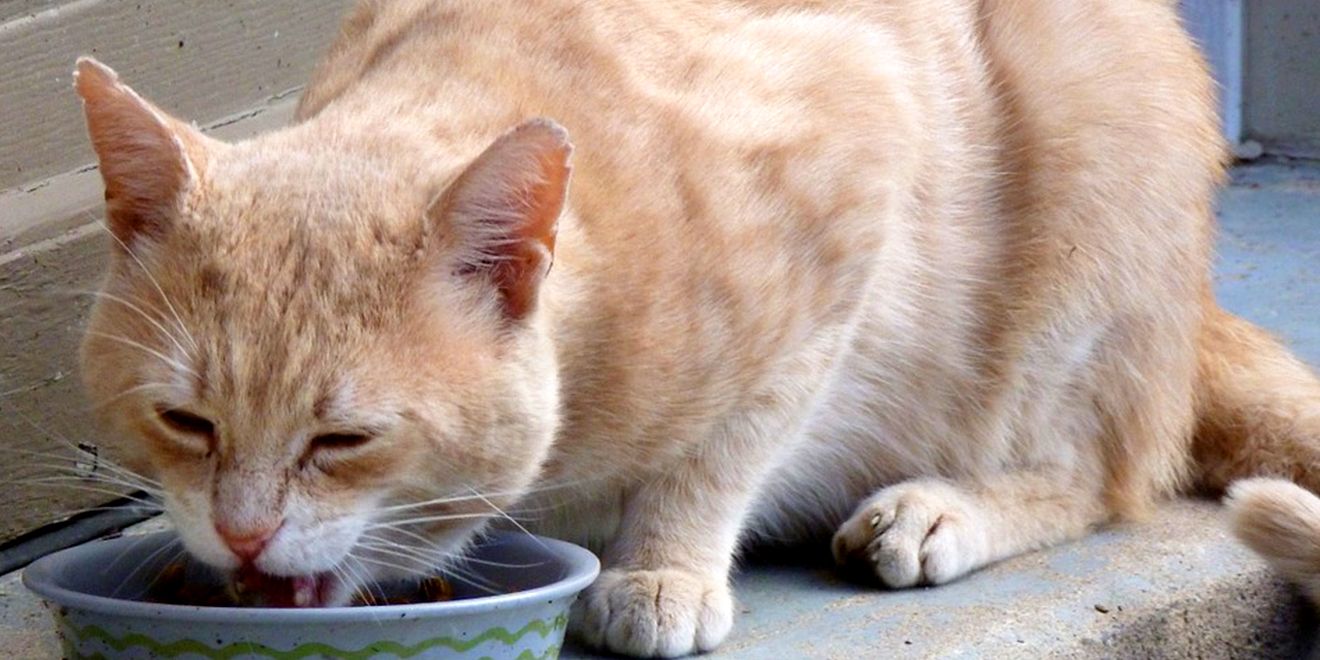There’s a lot of information about pet food out on the internet, but where can pet lovers go for the facts about dog and cat food? The Pet Food Institute (PFI) is kicking off a new blog series that will take an alphabetical look at pet food. Join us as we discuss pet food, from A to Z, and start off with a review of Vitamin A.
The Role of Vitamin A in Pet Nutrition:
Veterinary researchers have identified more than 40 essential nutrients for dogs and cats, including protein and essential amino acids, fats, minerals, and vitamins. These nutrients are critical to pet wellbeing, from supporting early-stage development, to promoting day-to-day bodily functions and long-term health. Most commercially prepared pet food is designed to be “complete and balanced,” which means that the essential nutrients are present in the appropriate amount for the given life stage of a pet.
Vitamin A is a fat-soluble vitamin that is stored, mainly in the liver, until needed by the body. Vitamin A is a powerful antioxidant and is found in many forms: carotenoids are provided in the pigment of yellow/orange/red fruits and vegetables (e.g., sweet potatoes, dark leafy greens and cantaloupe); and retinoids are found in animal meat, particularly in liver and fish oil, that is used by a pet’s body.
As omnivores, dogs can readily convert carotenoids into the useable form of Vitamin A, but cats cannot. Since cats are carnivores, they must be fed Vitamin A in the retinoid form stored in the liver (retinyl palmitate).
Vitamin A plays many roles in the health of dogs and cats. According to the National Research Council Academy of Sciences, the benefits of Vitamin A include support for healthy eyes (including night vision) and skin, the formation of organs and structures in growing animals (morphogenesis) and immune function.
- Vision: Vitamin A’s role in vision has been extensively studied and confirmed.[1]Night vision is extremely dependent on Vitamin A, which supports the formation of pigment that enables eyes to adjust to changes in light. Night blindness is a symptom of Vitamin A deficiency.
- Growth and Development: Scientists have also conducted numerous studies that validate the important function of Vitamin A in promoting early physical development and growth of animals.[2] Infants are born without liver storage ability and their mother’s first milk (colostrum) is rich in Vitamin A and serves an important first source. Deficiencies of Vitamin A in puppies and kittens can lead to low growth rates and muscle weakness, nervous system disorders, as well as poor quality of skin and hair. This means puppies and kittens require higher amounts of Vitamin A than fully mature pets. Complete and balanced pet food specifically formulated for growing puppies or kittens is fortified with Vitamin A to meet their needs. Once fully grown, the need for Vitamin A is important but reduced. In adults, deficiencies in Vitamin A lead to improper ovulation in females and can negatively impact sterility in males.
- Immune Systems: Vitamin A supports the immune system by making white blood cells which circulate in the body and scan for foreign invaders and cellular irregularities. As such, Vitamin A is important in helping bodies fight off infection from viruses and bacteria[3] .
[1] Saari, J.C., 1999. Retinoids in Mammalian Vision. In: The Handbook of Experimental Pharmacology of the Retinoids, Nau, H. and W.S. Blaner (Eds.)., Springer Verlag, Heidelberg, pp: 563-585.
[2] Maden, M. (1994), Vitamin A in Embryonic Development. Nutrition Reviews, 52: S3–S12.
[3] Ross AC, Hammerling UG (1994) Retinoids and the immune systems. In: Sporn MB, Roberts AB, Goodman DS (ed) The retinoids: biology, chemistry and medicine. Raven, New York, p 521.



